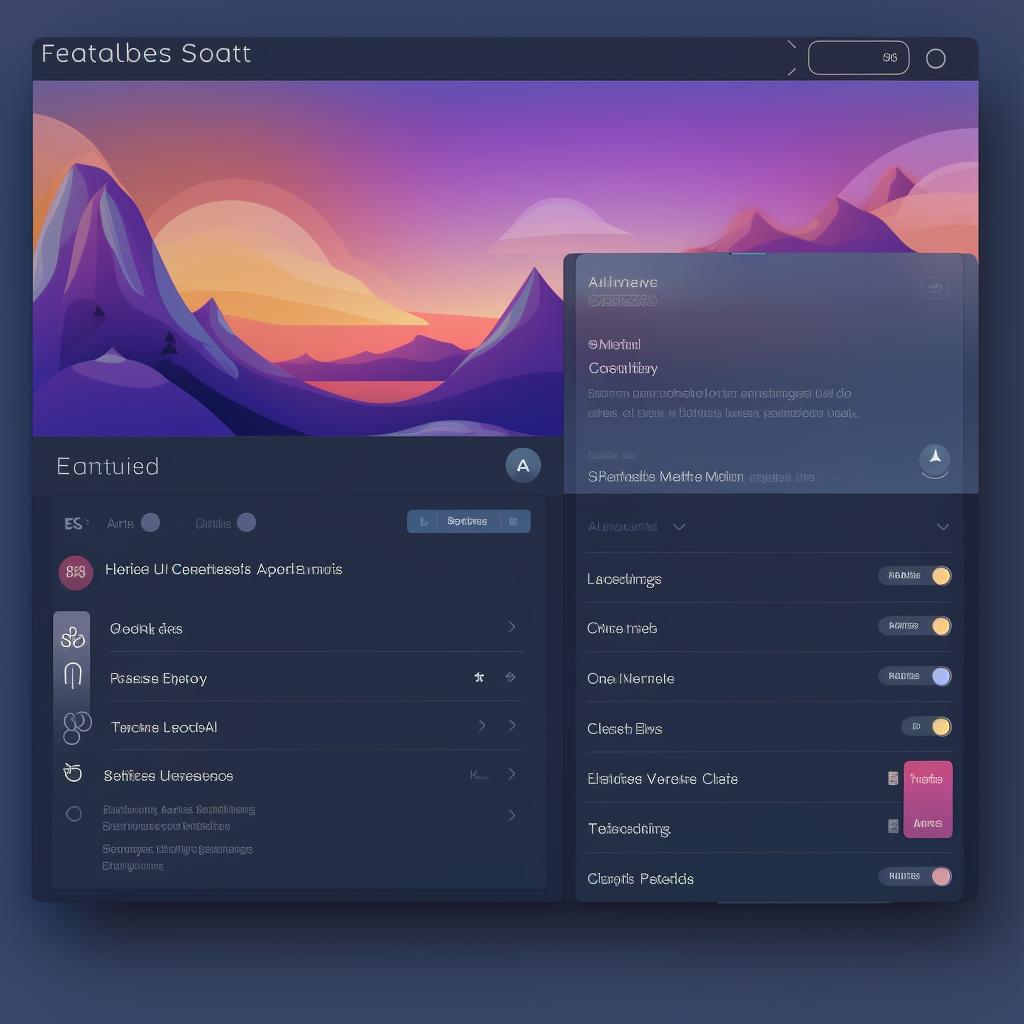Sophia Lancaster is a professional gamer turned tech writer. Her firsthand experience in competitive gaming gives her a unique perspective on the importance of refresh rates. Sophia's writing is not only informative but also infused with her passion for gaming.
Yes, a higher refresh rate can improve keyboard input responsiveness on a monitor. However, it's essential to understand that the refresh rate is not the only factor influencing the overall responsiveness. Let's dive deeper into this topic.
Unlocking the Secret: How Refresh Rate Influences Your Keyboard Inputs 🎮
The refresh rate of a monitor refers to how many times the screen is updated with new images each second. A higher refresh rate like 120Hz or 144Hz means that the monitor is refreshing the image more times per second, leading to smoother motion and less input lag. This is particularly important in fast-paced gaming scenarios where every millisecond counts.
Keyboard input responsiveness, on the other hand, is how quickly your keystrokes are registered and displayed on the screen. This is influenced by a combination of factors, including the keyboard's response time, the processing speed of your computer, and the monitor's refresh rate.
Level Up Your Game: Boosting Screen Refresh Rates for Lightning-Fast Responses ⚡️
Optimizing your screen refresh rate can improve the responsiveness of your keyboard inputs. By increasing the monitor's refresh rate, you reduce the time between each frame, leading to a more immediate response to your keystrokes. However, remember that your computer and keyboard also need to keep up with the higher refresh rate. If they can't, you won't see much difference in responsiveness.
Let's dive into how you can optimize your screen refresh rate for better keyboard input responsiveness. Here's a step-by-step guide to help you change your monitor's refresh rate:
Learn more about Boost Your Keyboard Responsiveness: Changing Your Monitor's Refresh Rate or discover other Refresh Rates Review guides.
Now that you've successfully changed your monitor's refresh rate, you should notice a significant improvement in your keyboard's responsiveness. But before you start enjoying your enhanced gaming or typing experience, make sure you understand the relationship between refresh rate and frames per second (FPS).
Changing your monitor's refresh rate can be done through your computer's display settings. Before you make any changes, ensure that your monitor supports the higher refresh rate you intend to switch to.
The Dynamic Duo: Unraveling the Relationship Between Refresh Rate and FPS 🎞️
It's also worth noting the relationship between the refresh rate and frames per second (FPS). Although they are often confused, they serve different purposes. FPS is the number of frames your computer can produce or render in a second, while the refresh rate is the number of times your monitor updates with new images per second. If your FPS is higher than your refresh rate, you won't be able to see all the frames your computer is producing. Hence, for the best gaming experience, your FPS and refresh rate should be matched.
Before we dive into the best refresh rates for gaming, let's address some common questions about refresh rates and frames per second (FPS).
Now that you have a better understanding of refresh rates and how they affect your gaming experience, let's look at the best refresh rates for gaming.
Gaming Nirvana: Discovering the Sweet Spot for Refresh Rates 🕹️
While a higher refresh rate can enhance your gaming experience by providing smoother motion and better responsiveness, the 'best' refresh rate for gaming depends on your specific needs and hardware capabilities. Competitive gamers often prefer monitors with a 144Hz or even a 240Hz refresh rate for the most fluid and responsive experience. However, for casual gaming, a refresh rate of 60Hz or 75Hz may suffice.
If you're looking for a high-refresh-rate gaming monitor that can provide a smoother motion and better responsiveness for your gaming experience, consider the
by AOC. This 27-inch curved frameless ultra-fast gaming monitor offers a FHD 1080p resolution, a refresh rate of 240Hz, and a response time of 0.5ms. It also features FreeSync technology, HDMI/DP/VGA connectivity options, and a height-adjustable stand. With a 3-year zero dead pixel guarantee, this monitor is perfect for competitive gaming and ensuring a fluid and responsive gameplay.
The Great Debate: Motion Rate or Refresh Rate - Which Reigns Supreme? 🏆
Another term you might encounter when discussing refresh rates is 'motion rate.' This is a term used by some TV manufacturers to describe a technology that aims to reduce motion blur in fast-moving scenes. However, it's not the same as the refresh rate. While a higher motion rate can improve image clarity in fast action scenes, it doesn't affect input responsiveness like a higher refresh rate does.
In conclusion, a higher refresh rate can indeed improve keyboard input responsiveness on a monitor, but it's not the only factor to consider. Your overall system performance, including your hardware and settings, also play a crucial role.
Understanding Refresh Rates and Their Impact on Gaming Performance
Test your understanding of refresh rates and how they affect gaming performance with this interactive quiz.
Learn more about 🎮 Test Your Understanding of Refresh Rates and Gaming Performance 🕹️ or discover other Refresh Rates Review quizzes.
If you'd like to learn more about refresh rates and how to optimize them for your gaming experience, check out this comprehensive guide.









































